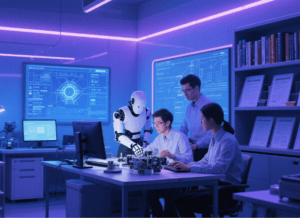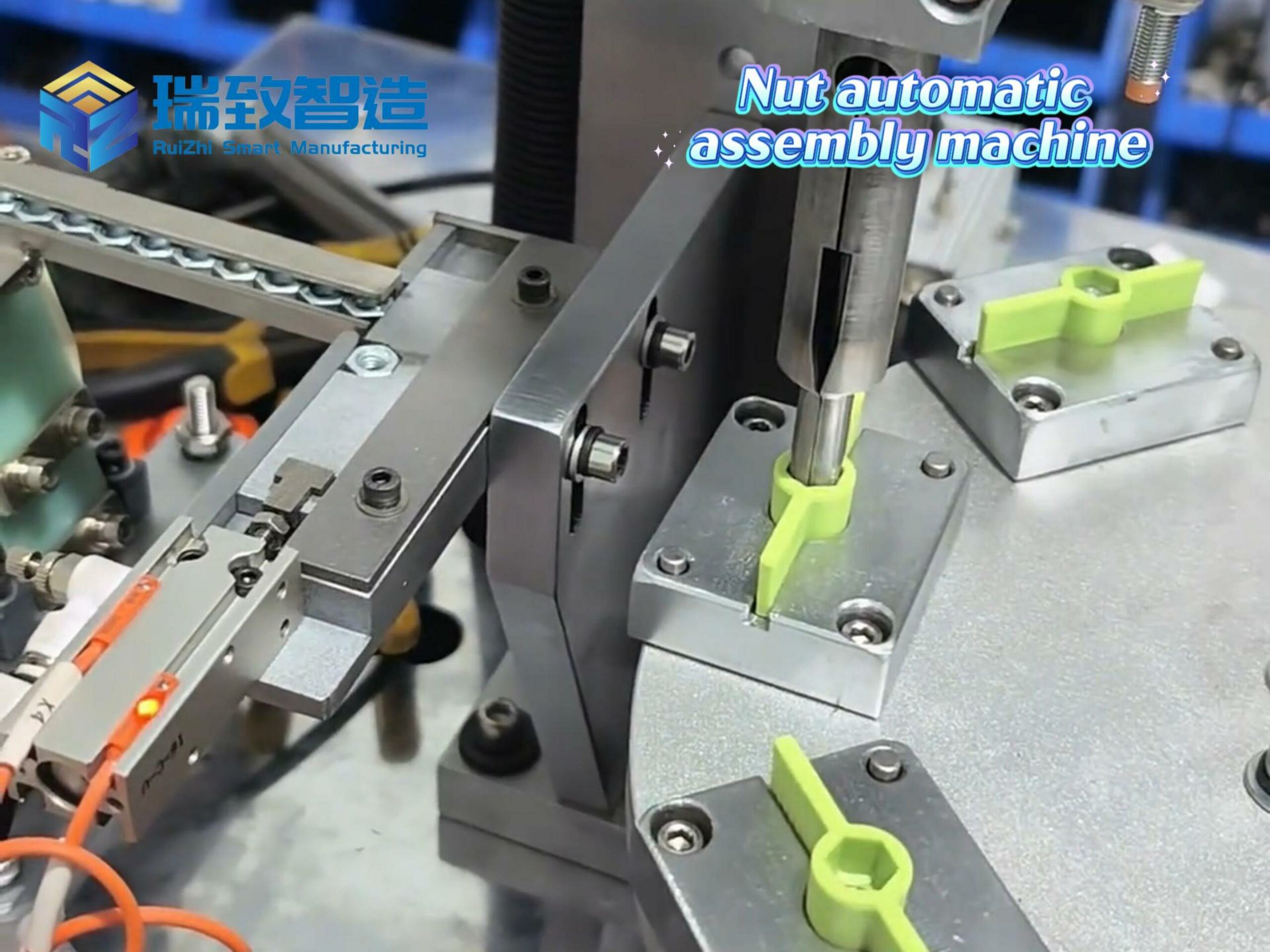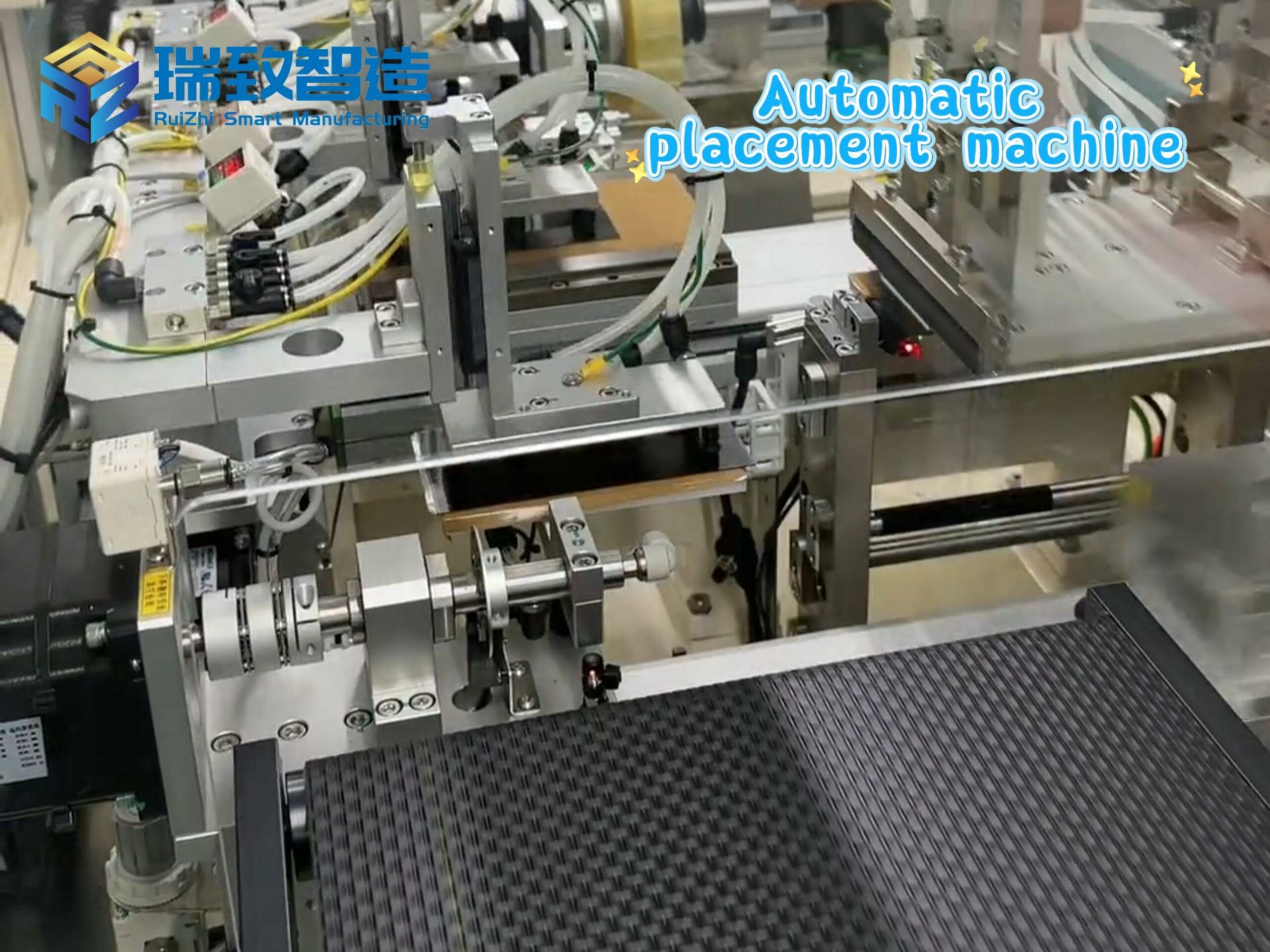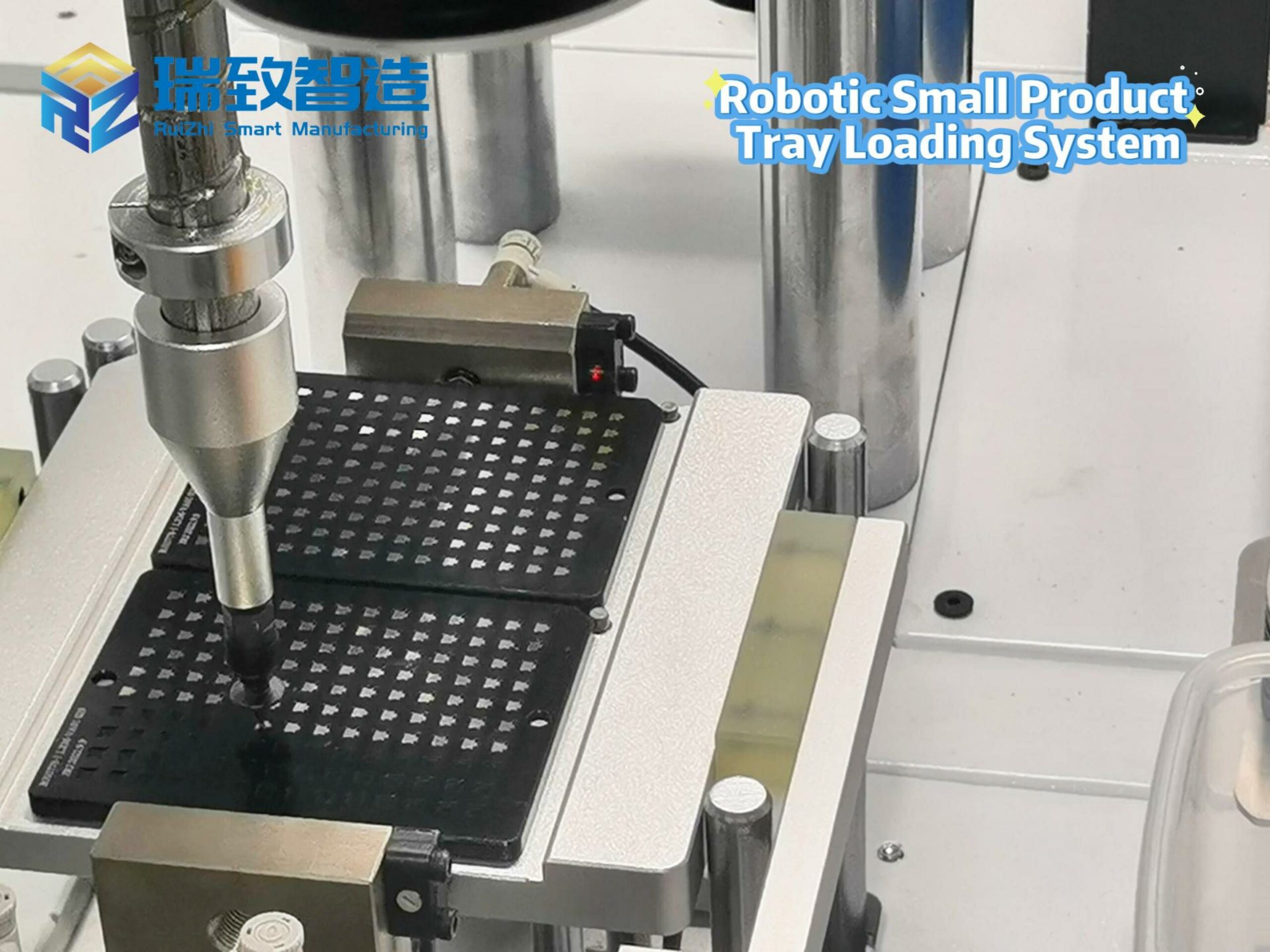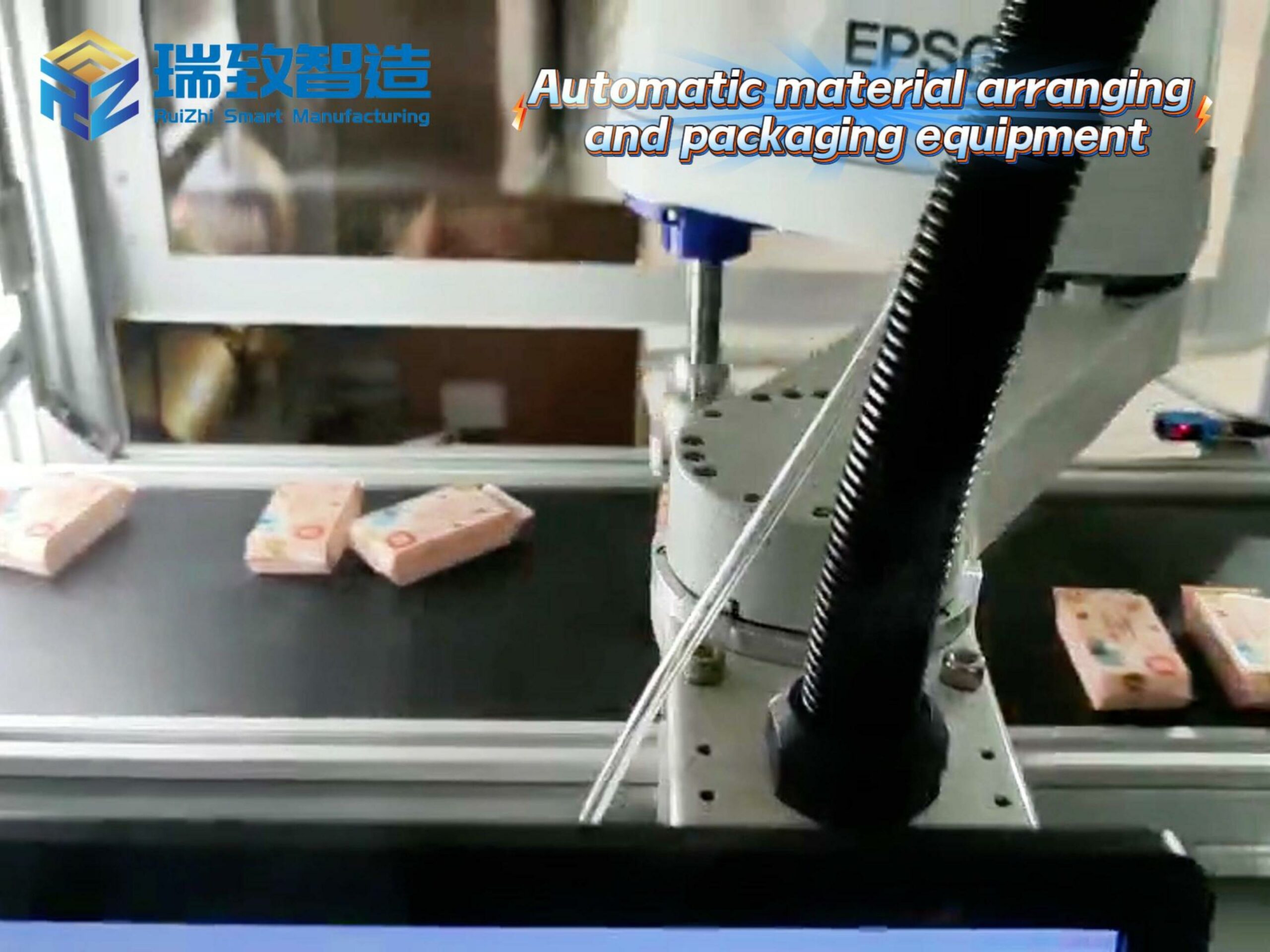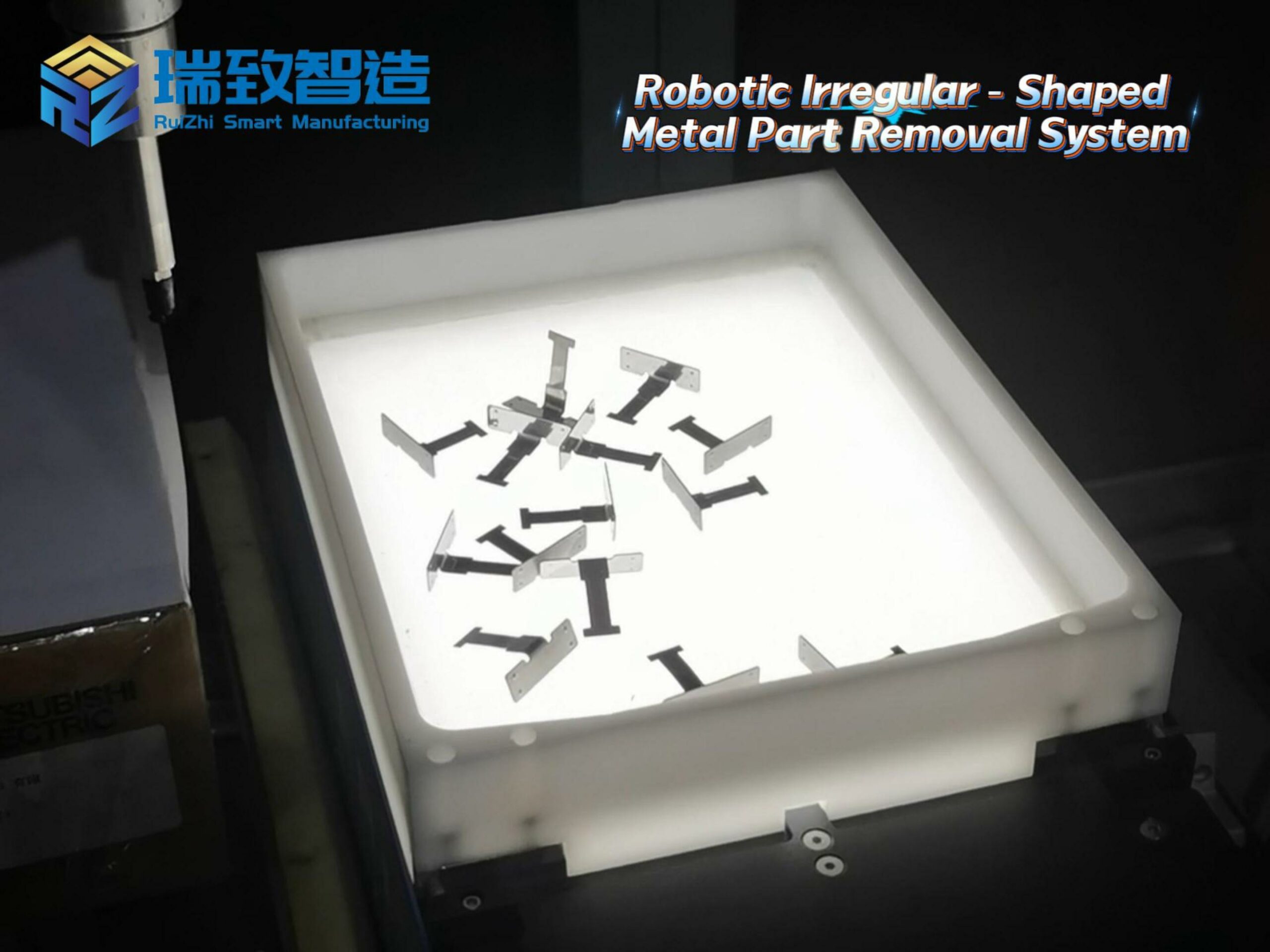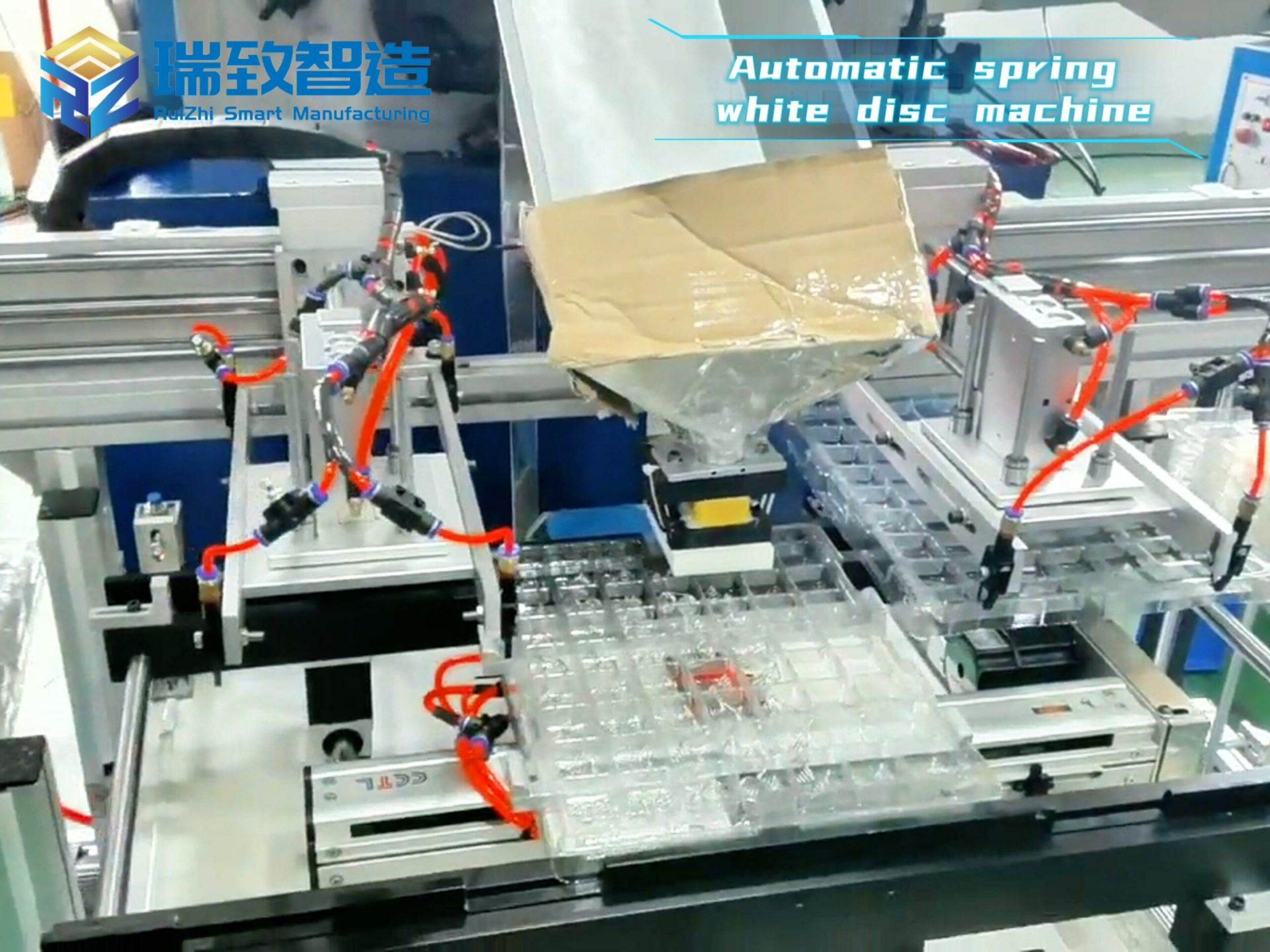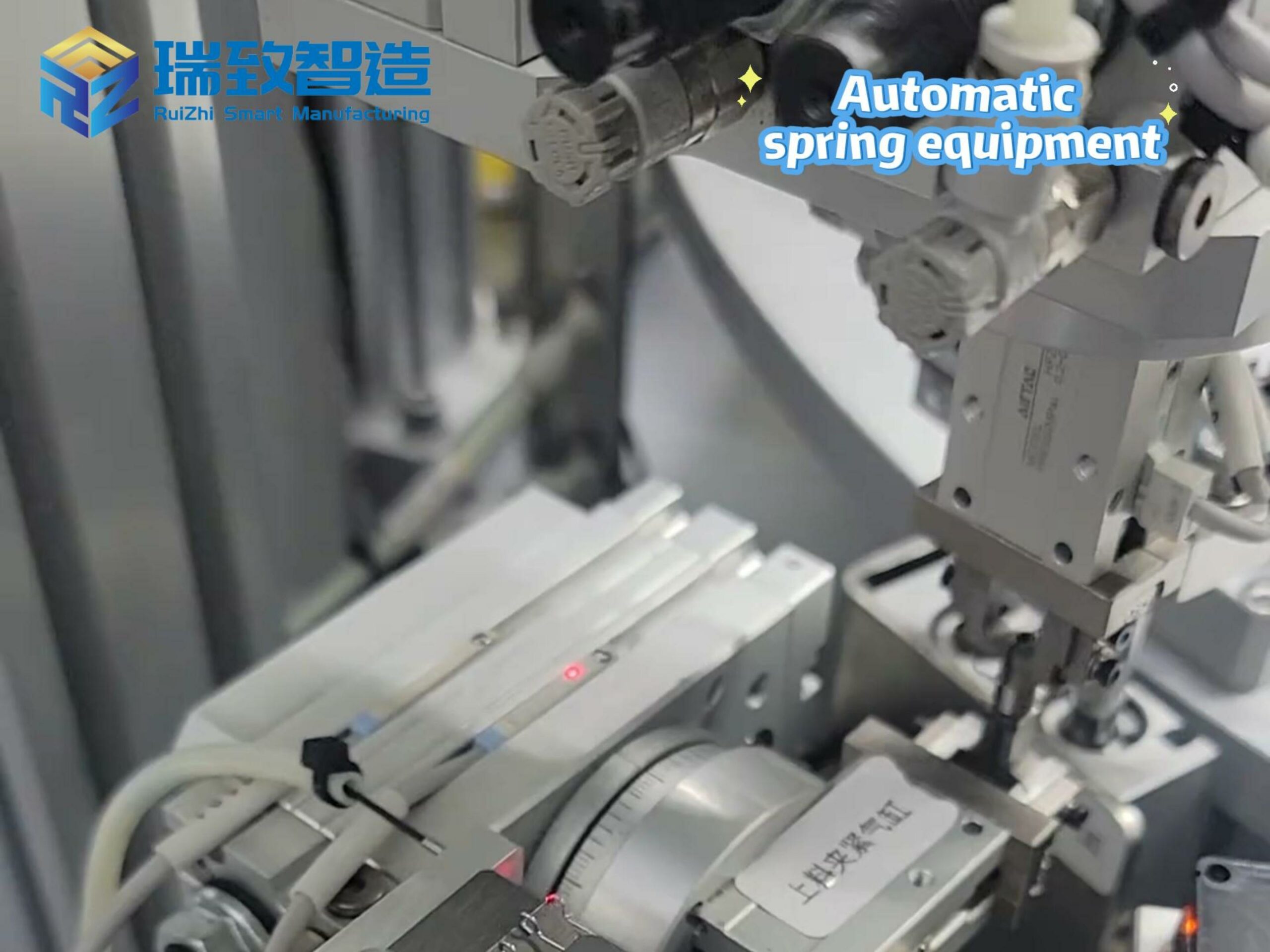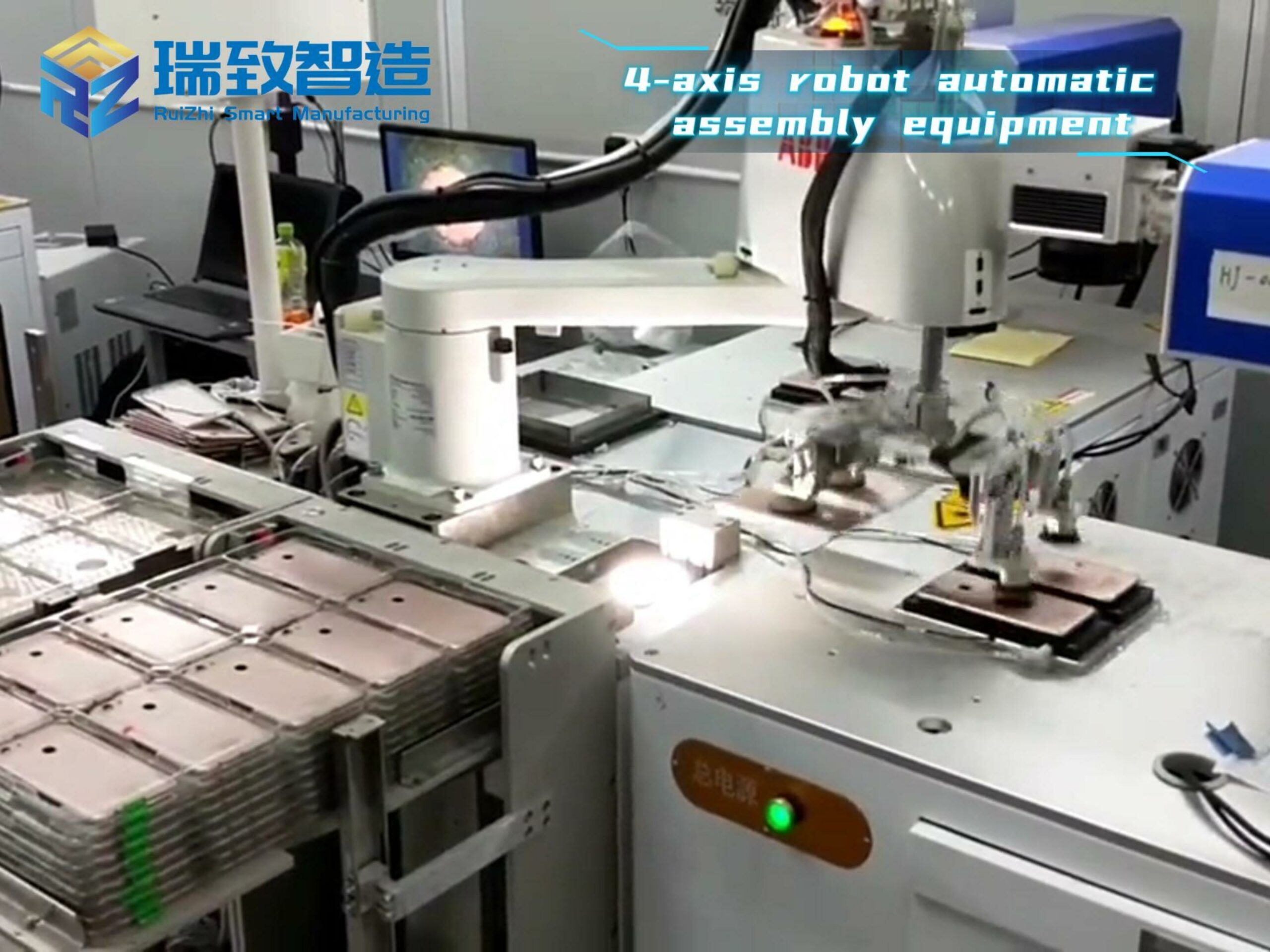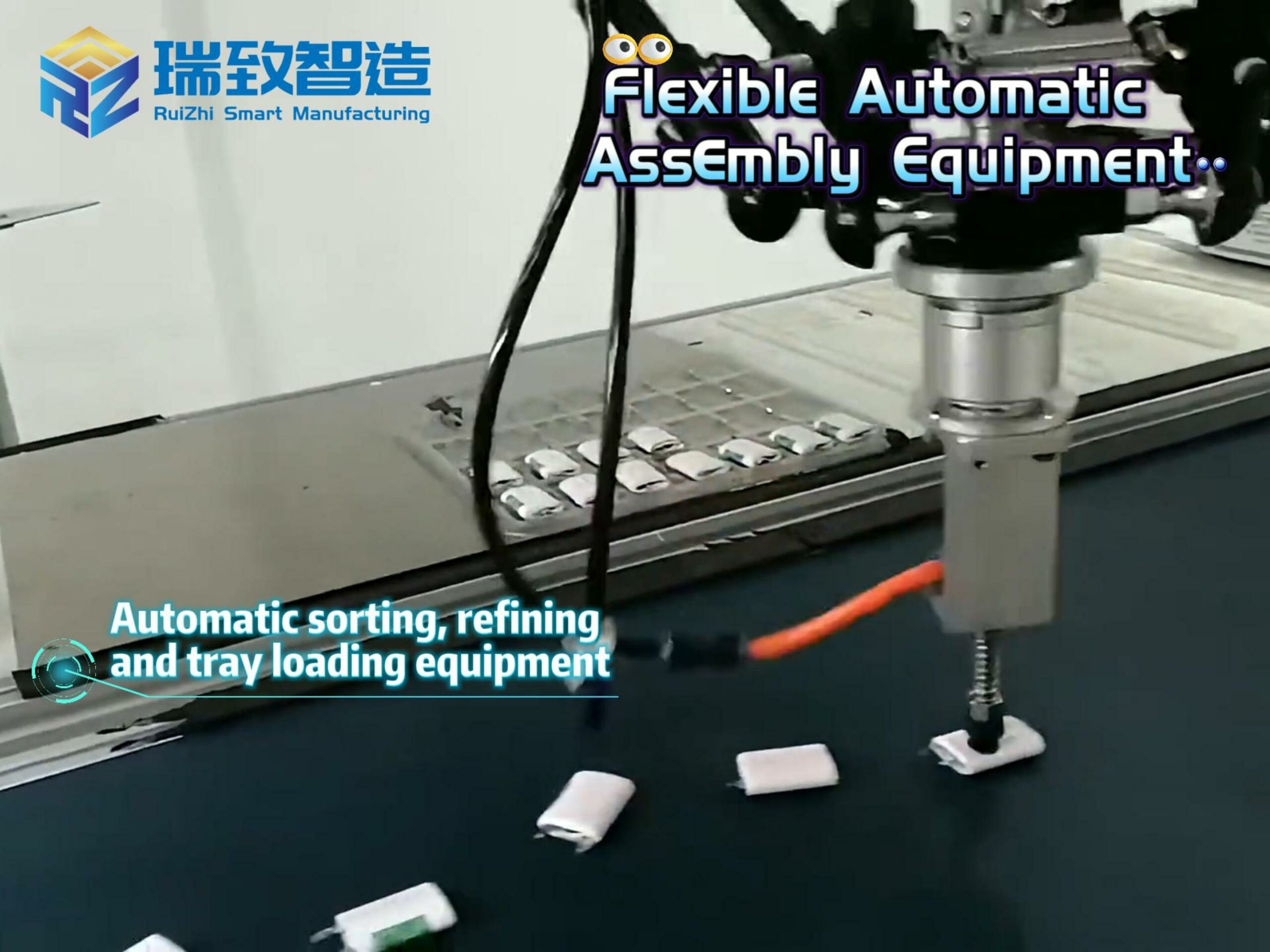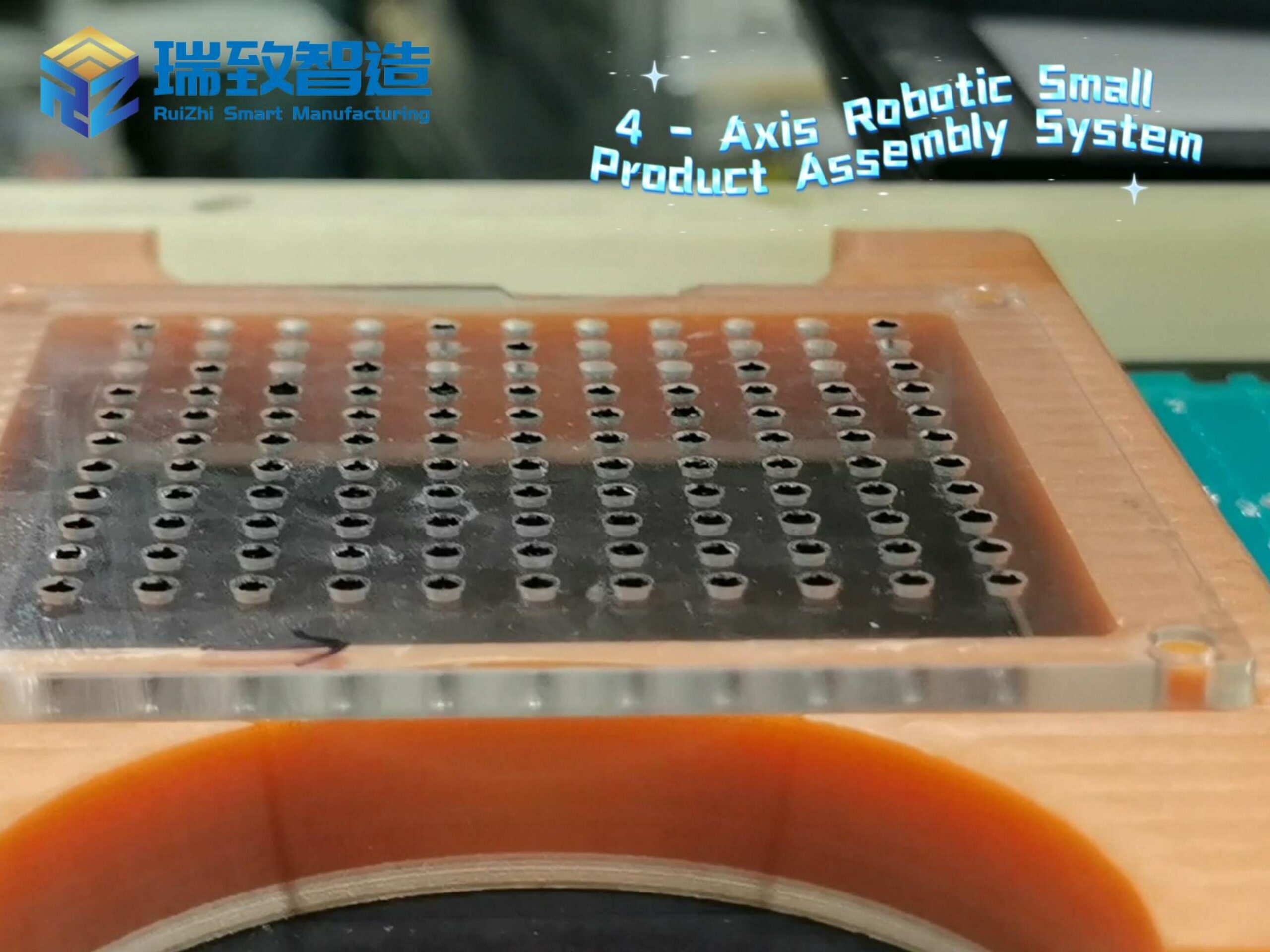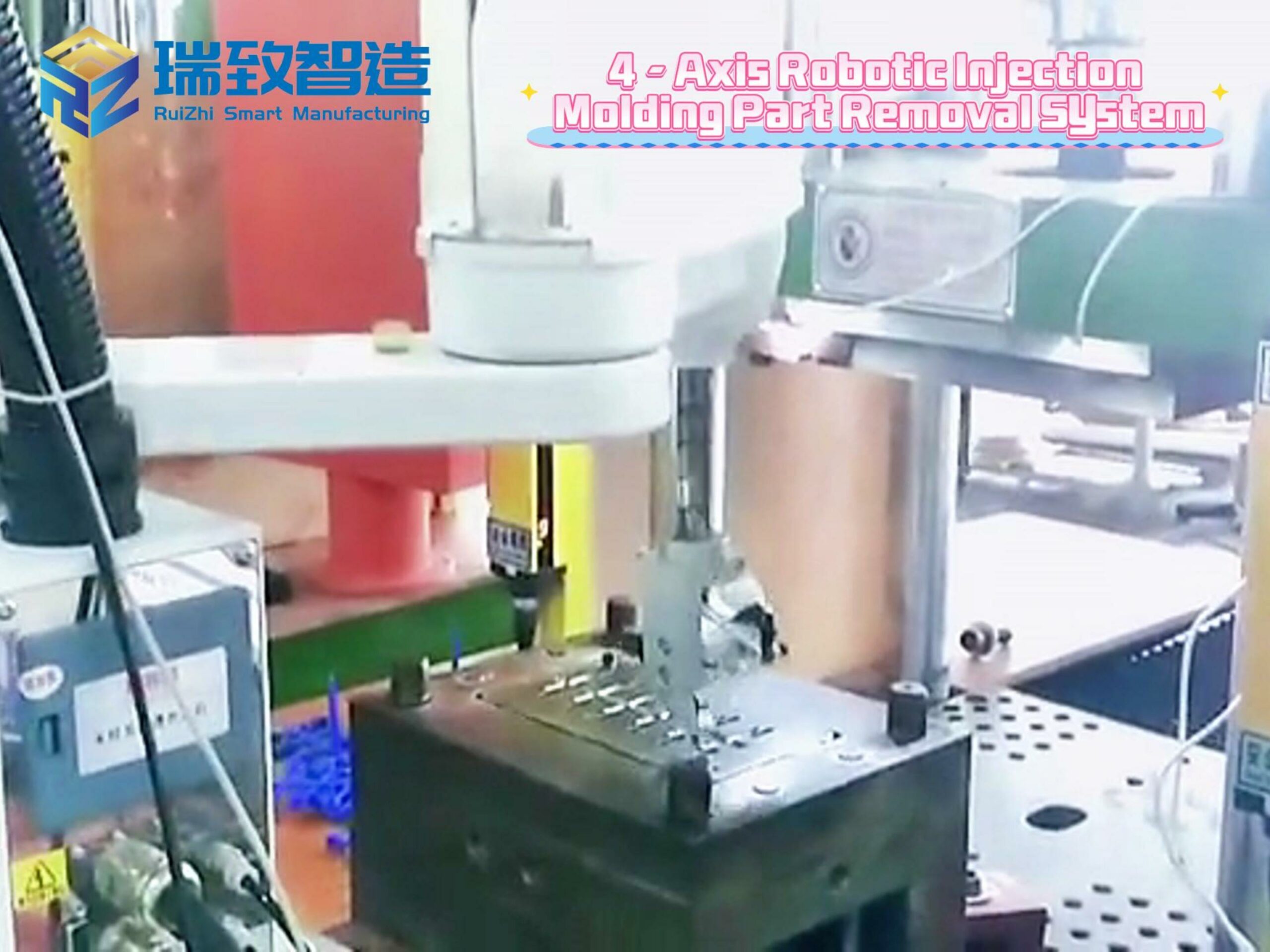Guide: An embodied robot refers to a robot that combines artificial intelligence with a physical entity, enabling real-time interaction with the environment through its body and integrating perception, cognition, decision-making, and action.
National Policies
The Ministry of Industry and Information Technology (MIIT) issued the Guiding Opinions on the Innovative Development of Humanoid Robots, clearly proposing the goal of “initially establishing an innovation system by 2025, ensuring the safe supply of core components, and achieving internationally advanced levels and mass production of complete machine products”. The policy focuses on three major technology clusters: “brain, cerebellum, and limbs”, requiring breakthroughs in key technologies such as end-to-end large models, high-precision sensors, and lightweight skeletons to ensure the safe and effective supply of core components. It also proposes to promote technological research through mechanisms such as “unveiling the list to recruit talents” and “horse-race system”, so that complete machine products can reach international advanced levels, achieve mass production, and be demonstrated in scenarios such as special operations, manufacturing, and public services. Additionally, it aims to cultivate 2-3 globally influential ecological enterprises and a number of specialized, sophisticated, distinctive, and novel (little giant) small and medium-sized enterprises, build 2-3 industrial development clusters, and explore new businesses, models, and formats. Furthermore, the policy emphasizes building a positive cycle of “technology-industry-finance”, encouraging leading enterprises to go public for financing, and establishing a manufacturing transformation and upgrading fund to support the industrial chain.
The Standardization Administration of China and other departments released the Implementation Plan for the New Industry Standardization Leadership Project (2023-2035), proposing to conduct pre-research on system evaluation standards such as classification, grading, and performance assessment of humanoid robots’ movement, operation, interaction, and intelligent capabilities; promote pre-research on safety standards for electromechanical systems, human-computer interaction, and data privacy; and formulate application standards for scenarios such as industry, household services, and public services.
In October 2023, the Guiding Opinions on the Innovative Development of Humanoid Robots was released, proposing to initially establish an innovation system by 2025, and cultivate 2-3 globally influential ecological enterprises and a number of little giant enterprises; by 2027, significantly improve technological innovation capabilities, form a safe and reliable industrial chain and supply chain system, and reach the world’s advanced level in comprehensive strength.
Seventeen departments including MIIT jointly issued the “Robot +” Application Action Implementation Plan, proposing that by 2025, the density of robots in the manufacturing industry will double compared with 2020, the application depth and breadth of service robots and special robots will be significantly improved, and the ability of robots to promote high-quality economic and social development will be significantly enhanced. It focuses on 10 key application fields, breaks through more than 100 robot innovative application technologies and solutions, promotes more than 200 typical robot application scenarios with high technical level, innovative application models, and remarkable application effects, builds a number of “robot +” application benchmark enterprises, and establishes a number of application experience centers and test verification centers. It also promotes various industries and regions to carry out “robot +” application innovation practices in combination with their industrial development stages and regional characteristics, and builds international and domestic exchange platforms to create a strong atmosphere for comprehensively promoting robot applications.
Local Policies
Beijing: The Beijing Action Plan for Technological Innovation and Industrial Cultivation of Embodied Intelligence (2025-2027) aims to build a “policy-capital-industry-application” four-in-one ecosystem and establish a 10 billion yuan robot industry development fund, focusing on supporting core components and innovative applications. Beijing E-Town has gathered more than 300 ecological enterprises such as Xiaomi and UBtech, forming a complete industrial system of “core components + six robot categories” with an industrial chain scale exceeding 10 billion yuan.
Shanghai: The Shanghai Action Plan for Promoting High-Quality and Innovative Development of Intelligent Robot Industry (2023-2025) cultivates the embodied intelligence industry through measures such as computing power subsidies and scenario opening, aiming to form a 100-billion-level industrial cluster by 2027 and add more than 10 enterprises with a valuation of over 10 billion yuan. The Lin-gang Special Area is building a humanoid robot manufacturing factory with an annual production capacity of 10,000 units to promote the landing of international enterprises such as Tesla.
Guangdong: The 2025 action plan proposes to introduce 3-5 unicorn enterprises and build a “components-assembly” supply chain relying on advantageous industries such as automobiles and electronics. Shenzhen simultaneously launched the Shenzhen Action Plan for Technological Innovation and Industrial Development of Embodied Intelligent Robots (2025-2027) and the Action Plan for Building an AI Pioneer City, aiming to cultivate more than 3,000 AI enterprises by 2026.
Shandong: The Shandong Implementation Plan for Promoting the Innovative Development of Humanoid Robot Industry (2024-2027) requires the cultivation of 5 key enterprises by 2025. It will award a maximum of 8 million yuan to complete machine enterprises with annual sales exceeding 50 million yuan and a maximum of 3 million yuan to core component enterprises. A special fund for corpora is also established to support large model training.
Zhejiang: The Zhejiang Implementation Plan for the Innovative Development of Humanoid Robot Industry (2024-2027) strives to achieve a core industry scale of 20 billion yuan and a related industry scale of 50 billion yuan for the humanoid robot industry by 2027, basically forming a pattern of coordinated layout and clustered development. It will build 2 provincial-level future industry pilot zones, create 50 demonstration application scenarios, and make substantial progress in the large-scale application of landmark products in key fields. Relying on the “4 + 1” special fund, it supports qualified regions to establish humanoid robot sub-funds, guides social capital to participate in the transformation of innovative achievements and industrial investment, develops patient capital, and increases investment attraction for humanoid robots.
Jiangsu: The Jiangsu Action Plan for Innovative Development of Robot Industry aims to achieve a provincial robot industry chain scale of about 200 billion yuan by 2025, with the core robot industry scale reaching more than 25 billion yuan, becoming a national highland for robot industry innovation and integrated application. It will cultivate 5 internationally competitive robot enterprises, add more than 10 provincial-level or above little giant enterprises, select 50 benchmark demonstration robot application scenarios, and achieve a robot density (number of robots per 10,000 employees) of more than 500 units/10,000 people in key manufacturing fields.
Anhui: The Anhui Action Plan for the Development of Humanoid Robot Industry (2024-2027) states that by 2027, Anhui will promote the operating income of the provincial intelligent robot industry chain to reach 100 billion yuan and cultivate 5 leading enterprises; break through more than 100 key technologies, create more than 50 landmark products, build 1-2 national-level innovation platforms, and push the intelligent robot industry chain into the medium and high-end fields; and create more than 5 fields with no less than 80 high-value demonstration application scenarios. By 2030, the operating income of the intelligent robot industry chain will reach 150 billion yuan, and its comprehensive strength in technological innovation and large-scale application will reach the world’s advanced level.
Chongqing: The Chongqing Policy Measures to Support the Innovative Development of Embodied Intelligent Robot Industry will accurately open application scenarios in terms of product application and promotion. It will guide relevant units to carry out application scenario opening pilots in batches through the “unveiling the list to recruit talents” method, and jointly build embodied intelligent robot complete machine products with embodied large model enterprises and ontology design and integration enterprises. These products can move and operate flexibly, solving problems such as flexible production and non-standard automation in manufacturing. Enterprises that apply embodied intelligent robot products on a large scale in intelligent transformation will be supported.
What is the market prospect of bathroom shower head assembling machines?
How to improve the production efficiency of bathroom shower head assembling machines?

